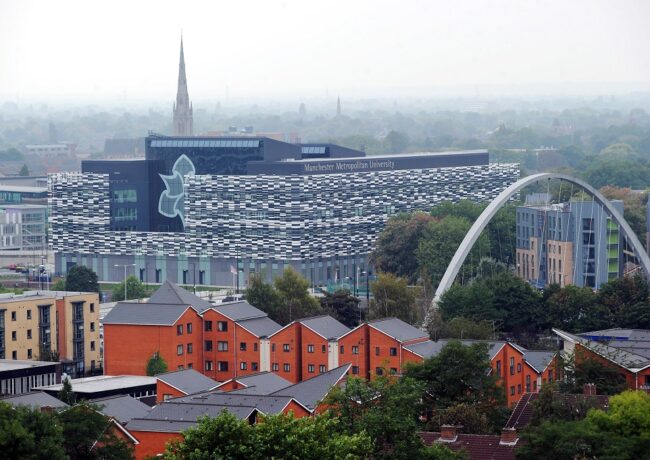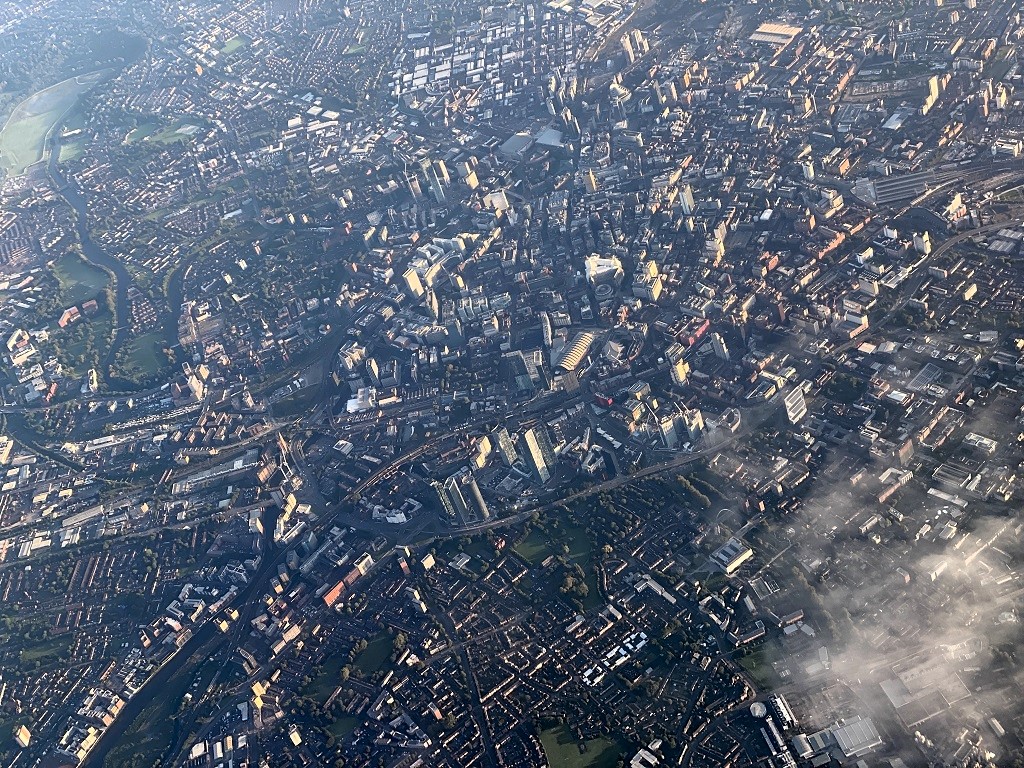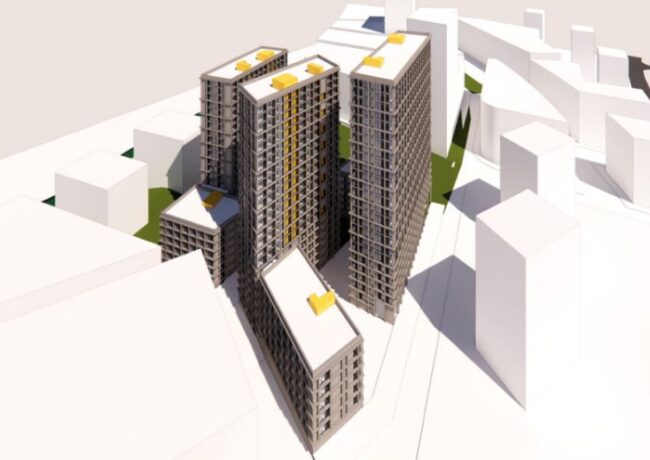Birley Fields – fit for Manchester, fit for Hulme?
 Ex-Hulme resident Jessica Swettenham took a look to see if the new campus really does 'put the heart back into Hulme'.
Ex-Hulme resident Jessica Swettenham took a look to see if the new campus really does 'put the heart back into Hulme'.
Hulme was the first place I called home in Manchester, and I used to take a shortcut through Birley Fields twice a day on my walk to and from work, before the hoardings went up and construction began.
Although it is only a 20 minute walk from the city centre, Hulme is economically out of step with its neighbour. Extensive redevelopment in the 1990s may have increased residential choice and boosted footfall, but Hulme remains a town without a centre, and there are few places for that footfall to direct itself, unless you count Asda.
In many ways, the new MMU Birley Fields campus is an incongruous addition to the Hulme landscape, both architecturally and culturally. The development is part of a £300m investment from MMU that has seen it consolidate seven campuses into two, and the flagship scheme certainly makes an impression.
Designed for 6,000 students and 500 staff, the 15-acre campus includes public gardens, accommodation for 1,200 students, sports and cultural facilities. The accomodation is due to complete in October, the public realm in December.
The centrepiece is the 250,000 sq ft Birley building, housing the Faculty of Education & Health, Psychology & Social Care, designed by Sheppard Robson.
The overall style of the building is a 21st Century response to Modernism. The extensive exposed concrete and light-wood pannelling internally gives a slightly retro 1960s feel, with the full-height atrium entrance ensuring there's no risk of claustrophobia even when the building is packed with students.
The outer glass shell has earned the nickname of 'the sugarcube', (MMU perhaps feeling the lack of food-associated buildings since putting the Fallowfield 'toast rack' on the market). The intermittent white pannelling appears to give the impression of the shell dissolving when at a distance, however the glass block remains impenetrable to the viewer.
Accessibility is crucial when it comes to the success of the campus. The ground floor contains facilities for shared community use, including a physiotherapy clinic, drama studios and a sports hall, and it will be interesting to see how far the campus is integrated into the Hulme community. There are innumerable local altruistic groups, with the nearby Hulme Community Gardens, Zion Arts Centre and Venture Arts acting as magnets for a range of activities. These groups might not welcome the gentrification that will follow the student population, but hopefully will enjoy a boost in young volunteers committed to their cause. Whether many locals stray from their usual course to venture within the glass shield remains to be seen.
The Birley campus is billed in university marketing materials as 'putting the heart back into Hulme'. In this, MMU has acknowledged that Hulme is without a real sense of place or identity. Referring to his motivation behind the campus development, vice-chancellor John Brooks outlined his desire "to re-engineer the relationship between the university and its city". Birley campus is certainly a development fit for Manchester. But is it fit for Hulme? Only time will tell.




